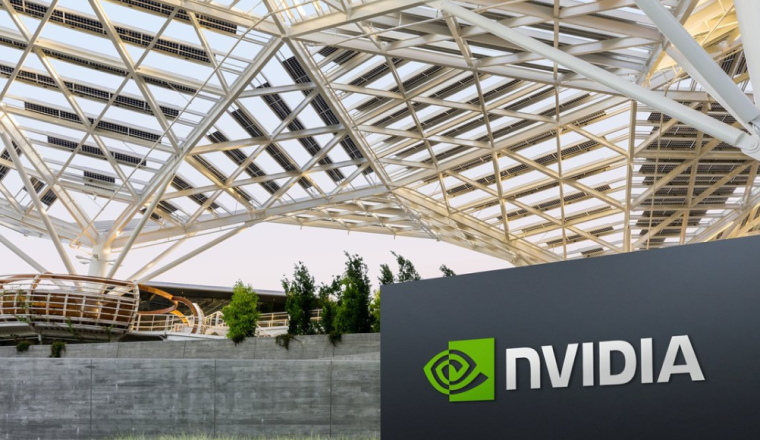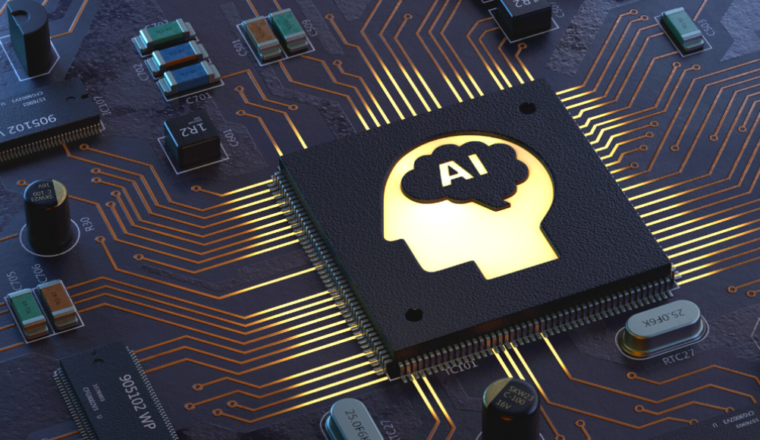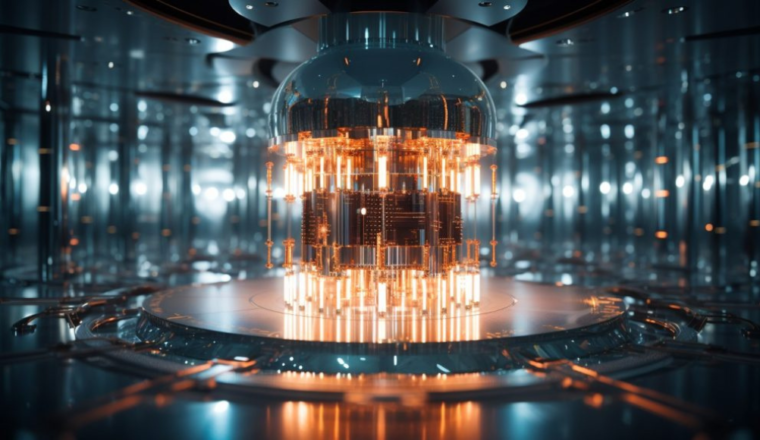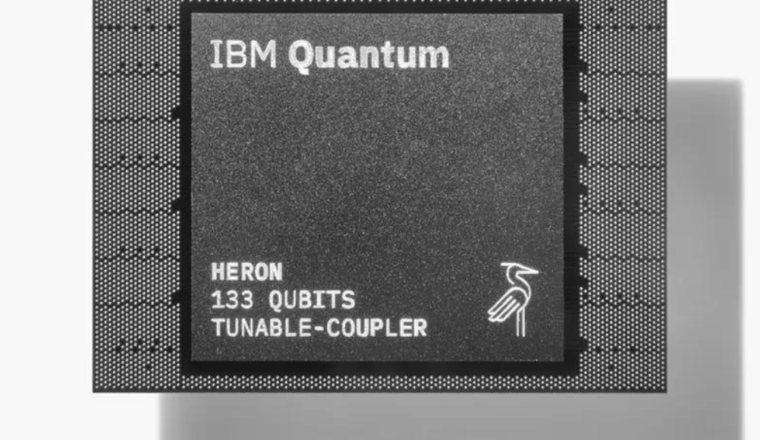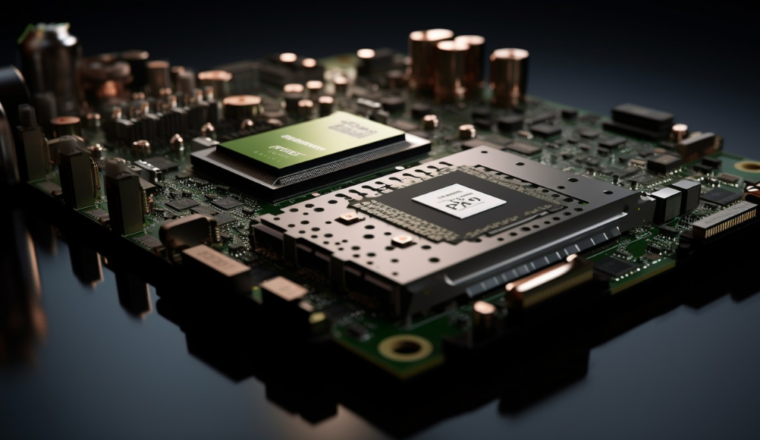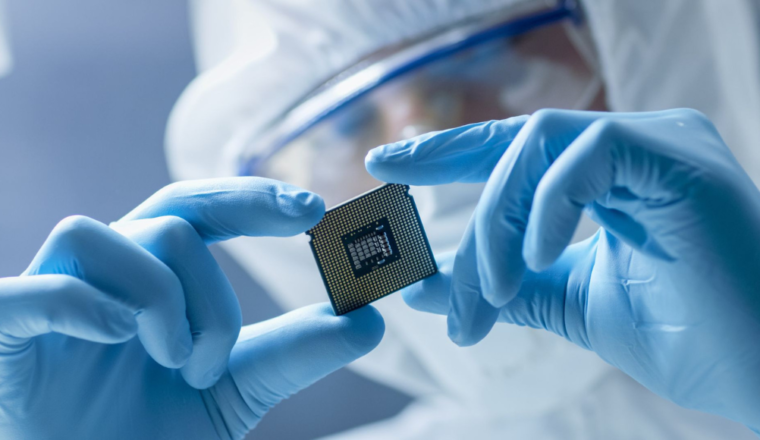Nvidia Unveils New RTX Technology to Power AI Assistants and Digital Humans
Nvidia is once again pushing the boundaries of technology with its latest RTX advancements, designed to supercharge AI assistants and digital humans. These innovations are now integrated into the newest GeForce RTX AI laptops, setting a new standard for performance and capability.
Introducing Project G-Assist
At the forefront of Nvidia’s new technology is Project G-Assist, an RTX-powered AI assistant demo that provides context-aware assistance for PC games and applications. This innovative technology was showcased with ARK: Survival Ascended by Studio Wildcard, illustrating its potential to transform gaming and app experiences.
Nvidia NIM and the ACE Digital Human Platform
Nvidia also launched its first PC-based Nvidia NIM (Nvidia Inference Microservices) for the Nvidia ACE digital human platform. These announcements were made during CEO Jensen Huang’s keynote at the Computex trade show in Taiwan. Nvidia NIM enables developers to reduce deployment times from weeks to minutes, supporting natural language understanding, speech synthesis, and facial animation.
The Nvidia RTX AI Toolkit
These advancements are supported by the Nvidia RTX AI Toolkit, a comprehensive suite of tools and SDKs designed to help developers optimize and deploy large generative AI models on Windows PCs. This toolkit is part of Nvidia’s broader initiative to integrate AI across various platforms, from data centers to edge devices and home applications.
New RTX AI Laptops
Nvidia also unveiled new RTX AI laptops from ASUS and MSI, featuring up to GeForce RTX 4070 GPUs and energy-efficient systems-on-a-chip with Windows 11 AI PC capabilities. These laptops promise enhanced performance for both gaming and productivity applications.
Advancing AI-Powered Experiences
According to Jason Paul, Vice President of Consumer AI at Nvidia, the introduction of RTX Tensor Core GPUs and DLSS technology in 2018 marked the beginning of AI PCs. With Project G-Assist and Nvidia ACE, Nvidia is now pushing the boundaries of AI-powered experiences for over 100 million RTX AI PC users.
Project G-Assist in Action
AI assistants like Project G-Assist are set to revolutionize gaming and creative workflows. By leveraging generative AI, Project G-Assist provides real-time, context-aware assistance. For instance, in ARK: Survival Ascended, it can help players by answering questions about creatures, items, lore, objectives, and more. It can also optimize gaming performance by adjusting graphics settings and reducing power consumption while maintaining performance targets.
Nvidia ACE NIM: Powering Digital Humans
The Nvidia ACE technology for digital humans is now available for RTX AI PCs and workstations, significantly reducing deployment times and enhancing capabilities like natural language understanding and facial animation. At Computex, the Covert Protocol tech demo, developed in collaboration with Inworld AI, showcased Nvidia ACE NIM running locally on devices.
Collaboration with Microsoft: Windows Copilot Runtime
Nvidia and Microsoft are working together to enable new generative AI capabilities for Windows apps. This collaboration will allow developers to access GPU-accelerated small language models (SLMs) that enable retrieval-augmented generation (RAG) capabilities. These models can perform tasks such as content summarization, content generation, and task automation, all running efficiently on Nvidia RTX GPUs.
The RTX AI Toolkit: Faster and More Efficient Models
The Nvidia RTX AI Toolkit offers tools and SDKs for customizing, optimizing, and deploying AI models on RTX AI PCs. This includes the use of QLoRa tools for model customization and Nvidia TensorRT for model optimization, resulting in faster performance and reduced RAM usage. The Nvidia AI Inference Manager (AIM) SDK simplifies AI integration for PC applications, supporting various inference backends and processors.
AI Integration in Creative Applications
Nvidia’s AI acceleration is being integrated into popular creative apps from companies like Adobe, Blackmagic Design, and Topaz. For example, Adobe’s Creative Cloud tools are leveraging Nvidia TensorRT to enhance AI-powered capabilities, delivering unprecedented performance for creators and developers.
RTX Remix: Enhancing Classic Games
Nvidia RTX Remix is a platform for remastering classic DirectX 8 and 9 games with full ray tracing and DLSS 3.5. Since its launch, it has been used by thousands of modders to create stunning game remasters. Nvidia continues to expand RTX Remix’s capabilities, making it open source and integrating it with popular tools like Blender and Hammer.
AI for Video and Content Creation
Nvidia RTX Video, an AI-powered super-resolution feature, is now available as an SDK for developers, allowing them to integrate AI for upscaling, sharpening, and HDR conversion into their applications. This technology will soon be available in video editing software like DaVinci Resolve and Wondershare Filmora, enabling video editors to enhance video quality significantly.
Conclusion
Nvidia’s latest advancements in RTX technology are set to revolutionize AI assistants, digital humans, and content creation. By providing powerful tools and capabilities, Nvidia continues to push the boundaries of what AI can achieve, enhancing user experiences across gaming, creative applications, and beyond.
Stay updated with the latest in AI and RTX technology by subscribing to our blog and sharing this post on social media. Join the conversation and explore the future of AI with Nvidia!







